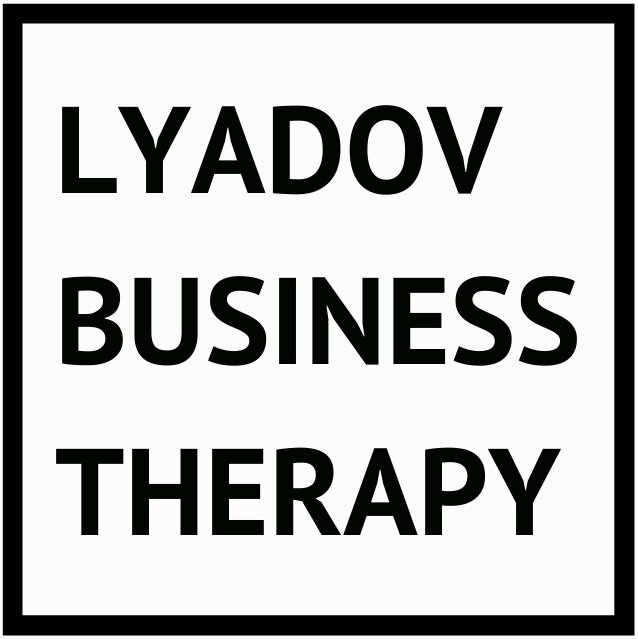“The easiest way to solve a problem is to deny it exists” — said Isaac Asimov, biochemist, writer and science popularizer. And the bigger the problem, the more desperately we want to forget about it. This is where the magical thinking of a child comes in, hiding with his head under a blanket, supposedly making monsters roam around the bed in vain all night long.
As a rule, it is uncertainty that infinitely inflates the problem. The imagination readily paints the most negative and hopeless scenario, discouraging the will to fight. A person’s life turns into a gloomy fairy tale, where it is urgently necessary to get the magic cure, but there is absolutely no idea where and how.
The paradox is that sometimes the solution is right at hand. And the more impregnable the problem, the more vulnerable it is, as Odysseus proved to the one-eyed Cyclops. You just need to find the right point of force. By the way, it doesn’t take much at all.
Curiously, there is a spectrum in front of us. On the left edge, the problem is “solved” by denying it altogether. And from the opposite right edge, the problem is eliminated by itself, if the necessary and sufficient conditions are created. Notably, the options in the middle of the spectrum require a significant investment of energy, time, and money. In contrast, in terms of resources, the solutions at the edges of the spectrum tend toward zero. But since negation is a pseudo-solution, it only makes sense to aim at one extreme. The process of finding a solution is simplified when there is an ideal.
Yours sincerely,
-Alexander
You can help Ukraine defend itself and the World from Russian aggression here.
As a business therapist, I help tech founders quickly solve dilemmas at the intersection of business and personality, and boost company value as a result.


